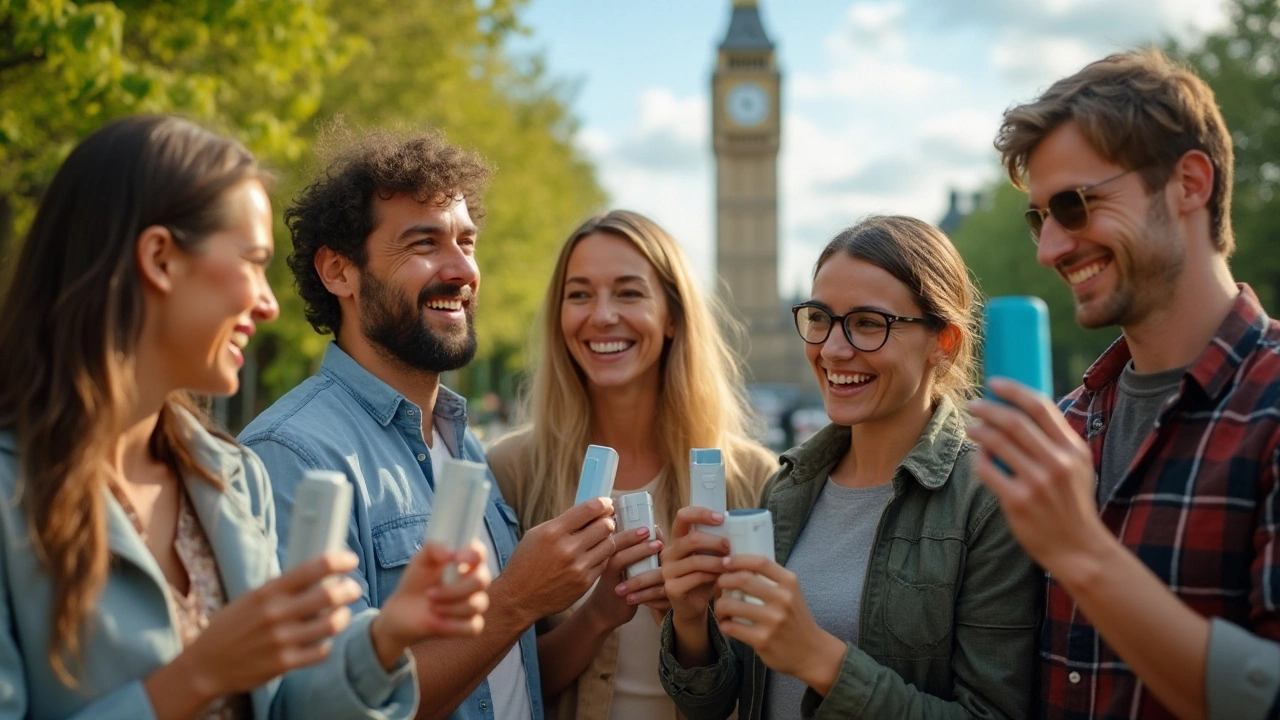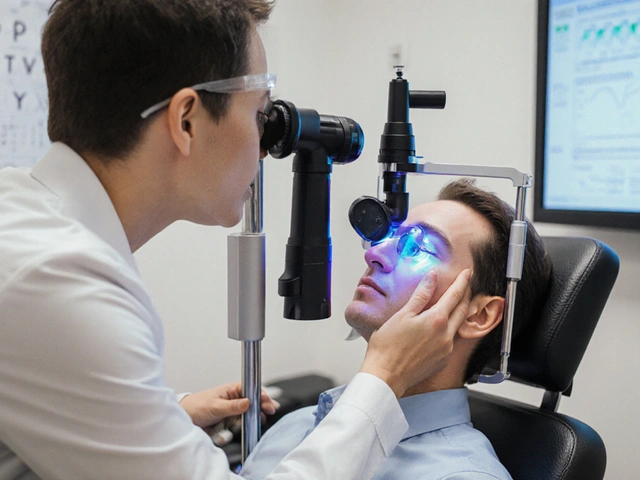COPD management: Practical steps to breathe easier
COPD can feel overwhelming, but small, consistent actions make a big difference. This page gives clear, usable steps you can start today — from inhaler technique to breathing exercises, daily habits and when to call your doctor.
Medication and inhaler tips
Know the difference between maintenance and rescue meds. Maintenance inhalers (LABA, LAMA, inhaled steroids) keep airways open day-to-day. Rescue inhalers (short-acting bronchodilators) relieve sudden breathlessness. Always carry your rescue inhaler.
Use your inhaler properly: 1) Shake if required, 2) Breathe out fully, 3) Seal your lips around the mouthpiece, 4) Press and inhale slowly for 3–5 seconds, 5) Hold your breath for 5–10 seconds, 6) Wait about a minute between puffs. If you struggle with coordination, ask for a spacer — it makes doses more effective.
Rinse your mouth after steroid inhalers to reduce thrush. Refill medicines before they run out and compare prices if cost is a concern. Talk to your doctor or pharmacist about cheaper generics or combo inhalers that cut down steps.
Breathing exercises, rehab and lifestyle
Pursed-lip breathing helps when you feel short of breath: breathe in slowly through your nose for two counts, purse your lips, and breathe out slowly for four counts. Diaphragmatic breathing (belly breathing) strengthens your breathing muscles — lie back, place one hand on your belly, inhale so your hand rises, exhale so it falls. Aim for short sessions twice a day.
Pulmonary rehabilitation is one of the most effective tools for COPD. It combines supervised exercise, breathing retraining and education. Ask your clinic about local programs or community classes — even gentle walking programs improve stamina.
Quit smoking if you smoke. Nicotine replacement, counseling, and medications can help — ask your doctor for a plan that fits you. Avoid indoor smoke, strong perfumes, and dusty places. Check the air quality index on high-pollution days and stay inside when it’s bad.
Get vaccinated: seasonal flu shot every year and pneumococcal vaccine as recommended. Good sleep, balanced meals and staying active help your lungs and immune system.
If you use oxygen, follow the prescription exactly. Portable concentrators allow activity while staying safe — talk to your provider about options for travel and daily life.
Keep a simple COPD action plan: list current meds, emergency contacts, signs of worsening (increased breathlessness, change in sputum color or amount, fever) and clear steps to take. Use a pulse oximeter at home if advised, and track any patterns.
When symptoms change suddenly — severe breathlessness, blue lips, confusion, fainting — get emergency help. For gradual worsening, contact your healthcare team early; many flare-ups respond better when treated quickly.
Make one small change this week: practice breathing exercises daily, check your inhaler technique with a nurse, or set a medication refill reminder. If you want to compare med prices or find pharmacy options, visit MexicanPharmacyPrices.com to save time and money while managing COPD smartly.






